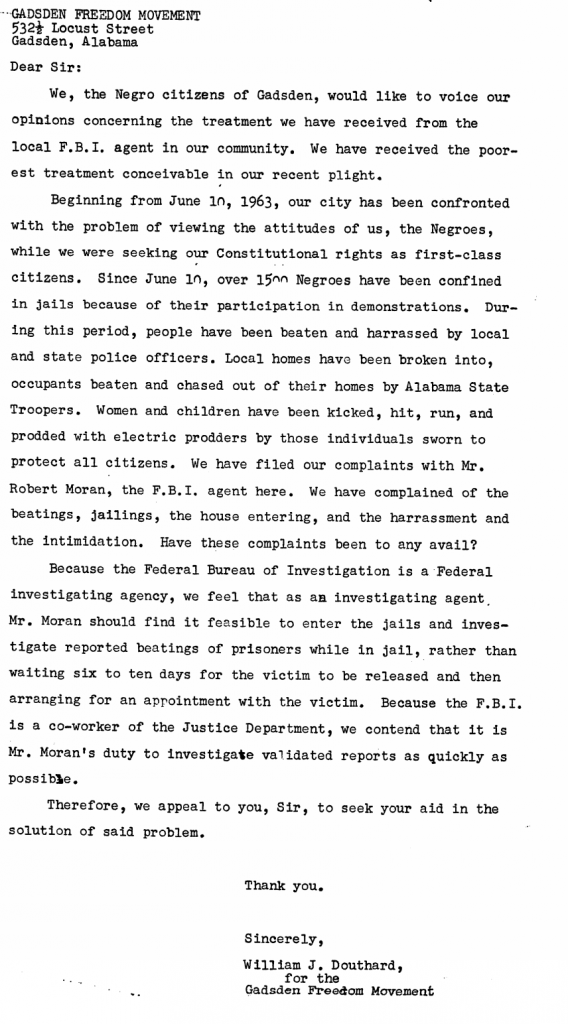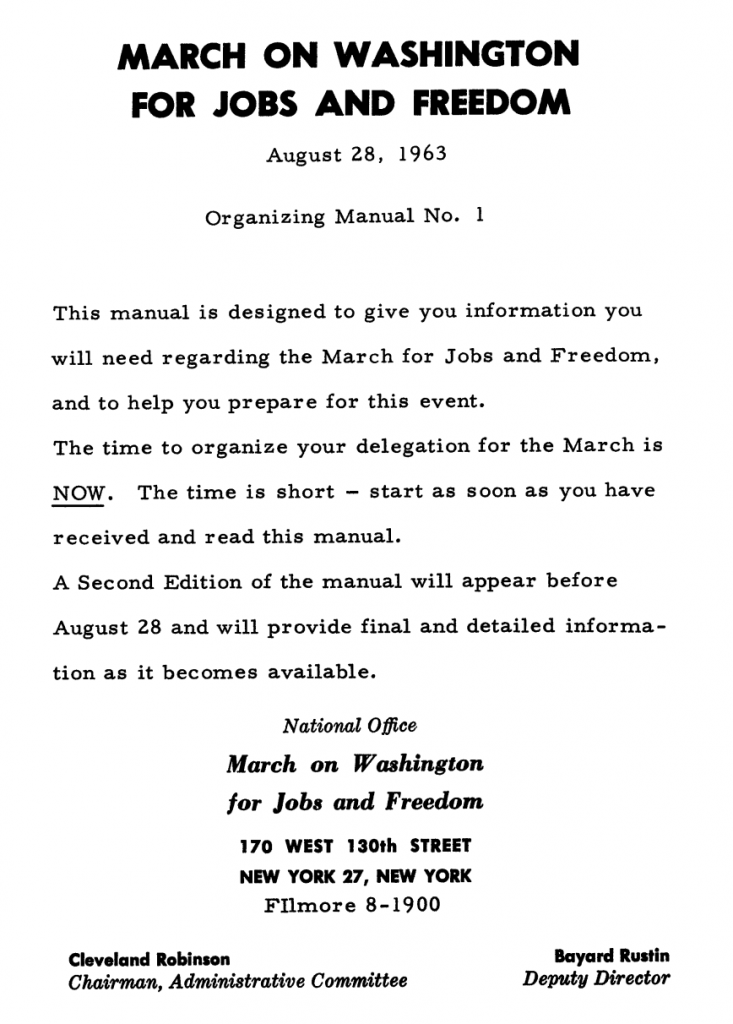CBS Eyewitness: “Breakthrough in Birmingham” – May 10, 1963

This video and image depict the violence that erupted at the Birmingham riot, where the law enforcement unleashed dogs onto the protesters (Click on title for link to video).
This video captured by CBS Eyewitness on May 10, 1963 shows the violent protests and riots that occurred in Birmingham, Alabama. Depicted in this video are hundreds of African Americans protesting in a peaceful march through Birmingham when they’re met with violent attacks from local law enforcement as a deterrent to their actions. The law enforcement used increased violence against the group of protesters such as fire hoses blasting water at high speed and dog attacks among the people. These attacks against the protesters were organized by the head of the police force, Eugene “Bull” Connor, a self proclaimed racist and bigot. This source connects to my exhibit because it shows the outward demonstration of violence made to African Americans without any significant reason behind it. This also displays one of the many ways that the justice and legal system discriminated against African Americans, prosecuting them without cause and failing to serve them equally.
Letter from the Student Nonviolent Coordinating Committee to J.E. Hoover – June 1963

Letter sent by membes of SNCC to J.E. Hoover describing the violence and injustices that they have suffered from local law enforcement.
This source is a letter written by William J. Douthard, a member of the Gadsden Freedom Movement, to the Attorney General, President J.E. Hoover, and many other officials in the federal government. The letter states the brutality that African Americans have suffered throughout their communities. The letter goes into detail about black houses being robbed, vandalized, and the failure of law enforcement to respond to these crimes. It also hints at police brutality as well. This source connects to my exhibit because it shows the daily lives of African Americans and what they had to endure from law enforcement and the government even at times. It shows the up front discrimination and prejudice given. This source also shows how the African Americans fought back against this prejudice countless times in order to achieve their equality. It displays their activism and determination to change the current situation and treatment they are receiving.
“March on Washington for Jobs and Freedom”: National Office – August 28, 1963

Picture of the Organizing manual sent out to all of the activists participating in the March On Washington from the chairmen of the NAACP and National Office
This source is an organizing manual distributed to those participating in the March on Washington for Jobs and Freedom, that was held on August 28, 1963. This manual was written by Cleveland Robinson and Bayard Rustin who were a part of the main office of organizers for this event. Inside the manual, there are instructions and information given about the march and how to participate. There are also instructions for how to publicize the march and spread information across towns about it. Within this manual are also motivating speeches about the purpose of the march and why it is significant to the Civil Rights Movement. I found that this source connects extremely well with my exhibit because this was one of the main protests that occurred during this time period. This source also shows how large the NAACP has grown by this time and how many people wanted to advocate for their rights and protest in this march as well as many other events. It was the final push that African Americans gave to the government for their rights to be given to them.
Civil Rights Act -1964

Pictured is President Lyndon B. Johnson signing into office the Civil Rights Act of 1964 allowing for equal rights for all citizens of the United States. Pictured to the right of him is Civil Rights leader, Martin Luther King Jr.
This is the legislative document that was passed by Congress in 1964 known as the Civil Rights Act. Heavily advocated for by President Lyndon B. Johnson and signed into action by him, this bill outlines the equal rights given to all citizens of the United States. This bill prohibited discrimination in all public facilities, provided integration of public areas, and banned employment discrimination based on race or gender. It also heavily enforced equal voting rights for all citizens. Through this bill came the Commission of Equal Employment Opportunity, a commission created to ensure there is no employment discrimination among businesses or employers. This source is important because it shows that the government finally accepted the injustices that African Americans were suffering from and decided to change them for the nation. It shows that African Americans are legally now allowed the same rights and freedoms as other citizens in the United States without discrimination. Although it will take longer than this for the nation to adjust to the equality, this bill was the key piece to African Americans gaining their justice and freedom.
